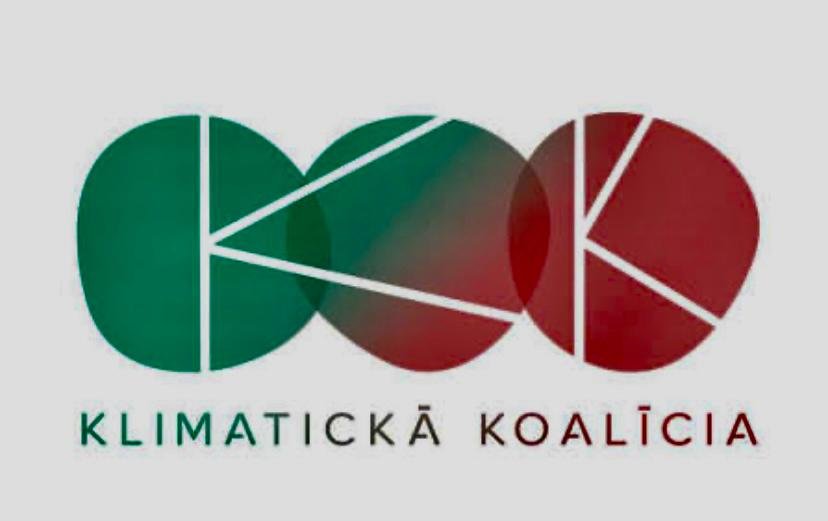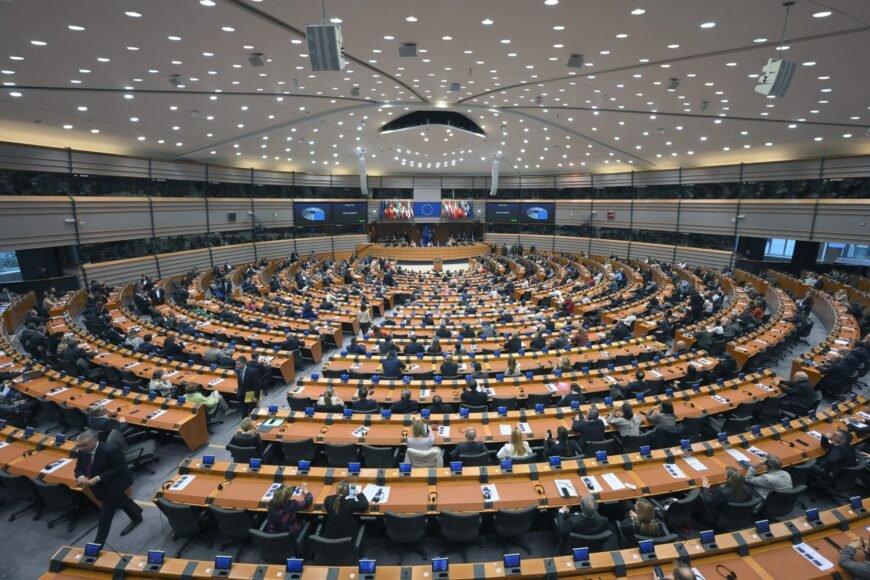
Humanitarians warn that young Gazans, whose stability and security have been undermined by the breakdown of essential services, will require “sustained, long-term efforts to recover.”
In September, child safety partner assessments shared by the UN aid coordination office (OCHA) indicated that 93 percent of children showed aggressive behavior, and 90 percent were violent towards younger children.
Sadness and withdrawal affected 86 percent, while trouble sleeping affected 79 percent and refusal to study affected 69 percent.
Everyday violence
Despite a fragile ceasefire, violence and insecurity persist, with Israeli military strikes near or east of the “Yellow Line.”
This area, where the Israeli army is deployed, makes up more than 50 percent of the Gaza Strip, according to OCHA.
The UN humanitarian office updates note that sea access is still restricted; reports indicate Palestinian fishermen continue to face detentions by Israeli forces at sea.
“Beyond the “Yellow Line”… ongoing residential building detonations and restricted or prohibited access to humanitarian resources, public infrastructure, and agricultural land continue,” states the OCHA update.
One million still homeless
Of Gaza’s 2.1 million residents, approximately one million live in 862 displacement sites.
Over half of these sites are in Khan Younis, with 264 in Deir al Balah, 180 in Gaza and northern Gaza governorates, and eight in Rafah.
Many camps are overcrowded, posing increased risks for girls and children, especially those with disabilities, who face violence, neglect, and unsafe access to WASH (water, sanitation, and hygiene) facilities.
The United Nations relief agency for Palestine, UNRWA, reports about 75,000 people live in and around 100 of its shelters.
Growing anxiety
UN humanitarian partners report that youth are experiencing heightened anxiety, behavioral changes, and concern due to the continued lack of safe spaces.
Since the fighting pause four weeks ago, humanitarian partners have provided child protection services to over 132,000 people in Gaza, including nearly 1,600 children with disabilities and 45,000 caregivers, according to OCHA.
Services included individual psychological counseling, group sessions, stress management activities, recreational psychosocial support, and referrals for further assistance.
The aim is to reach over 100,000 children each month to address the needs of nearly a million children in Gaza.
This development coincides with the Israeli authorities announcing the reopening of the Zikim crossing after an eight-week closure.
The crossing, linking Israel and northern Gaza, will be reopened to humanitarian cargo, as stated by OCHA. Recently, the UN has repaired the road leading to Zikim in Gaza in preparation for its reopening, currently conducting final checks for potential explosion hazards to enable the resumption of goods collection.













Leave a Reply